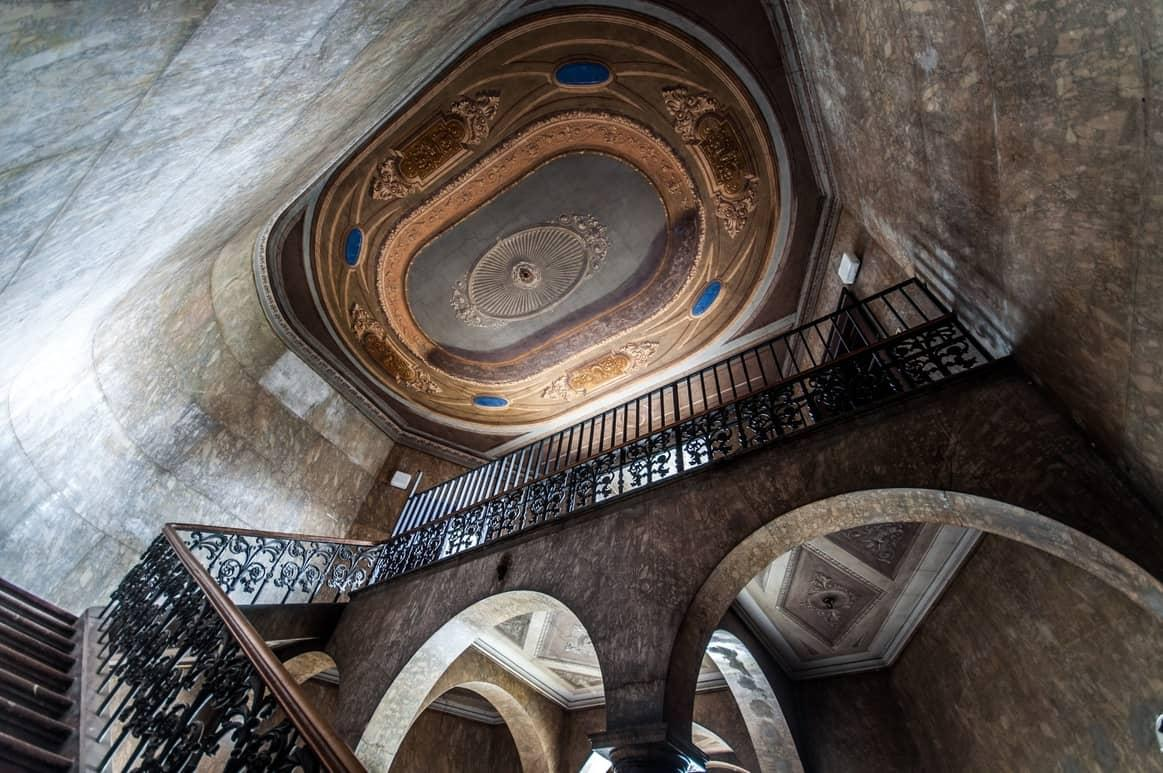
4 + 4 dny v pohybu or 4 + 4 Days in Motion. For the past twenty three years, this festival has been combining the performing and visual arts in unusual places across the Czech capital. The themes it covers make for a truly unique event…
In 2018, the 4 + 4 Days in Motion festival focused on the “principle of uncertainty”. This concept recalls the great literature of central Europe (e.g. Franz Kafka, Bohumil Hrabal, Milan Kundera), but is also directly related to the work of German physician Werner Heisenberg (1927). It is therefore not about existentialism but hard science, using an approach that necessarily leaves room for doubt.
Every year, the Four Days team has an overarching theme for their eclectic programme combining the visual and performing arts. Sometimes the theme is esoteric, sometimes not. “Sometimes it is suggested by artists. Sometimes it reflects the general state of society.”
By travelling to a different part of Prague each year, Four Days runs the risk of losing some of their audience. “Some people follow us. And every time, there are also people who think we are just starting out,” says Markéta Černá, festival founder and producer. The festival therefore explores a new location every year, and in 2018, it is coming to Desfours Palace, a derelict building close to the main station. Prague is a city with a rich history, a city under construction and a city with wastelands. “But the residents of Prague are getting lazy,” notes the producer somewhat bitterly, “it is increasingly difficult to draw them out of the city centre for more than a day.”

The first 4 Days in Motion outside the theatre spaces was held in 1998 in the Bubenec water treatment plant in Prague 6, and has had a few growing pains over its twenty-year existence. Like in 2006, when the twelve-day (4 + 4 + 4) festival was held in an old dental clinic, a stone’s throw away from Wenceslas Square - “We almost died”. The festival organisers had been building everything themselves, but from then on, the decision was made to “leave theatre to theatre”, by cooperating with pre-existing cultural institutions.

In 2017, the Four Days team were the first to use the Karlin Barracks, which belong to the Ministry of Justice. It was a great example of urban reappropriation as just one year later, the location had become a sort of Berlin-inspired urban wilderness, offering all kinds of activities, from open-air cinema to children’s play areas…2017 was organised around the somewhat baffling theme - “AMIWHATIAMTHINKINGABOUT?”, with a programme featuring a number of artists from outside Europe. This question is far from trivial in the Czech Republic, where the President (who was re-elected in January 2018) declared that it would be better to “lose European subsidies than to comply with mandatory migrant distribution quotas.”
 Dries Verhoeven - "Guilty Landscapes", episode I
Dries Verhoeven - "Guilty Landscapes", episode I
Central Europe is a “crisis-prone” region (Moritz Csàky), but it is no stranger to otherness. On the contrary. Despite the fact that previous minority populations in the Czech Republic (Sudeten Germans, Jews, Slovaks, Hungarians) are now no more than the ghosts of a bygone era. Perhaps it is these shadows that Bouchra Ouizguen calls back, with women dressed in black in a trance-like state, without any notion of decorum (“Crows").The Czech public differs little from their neighbours in terms of electoral and cultural behaviour, taking pride in that “woefully average” side, as Karel Capek would say (“War with the Newts”, 1935). Is it any different from the Belgian, German or Dutch public, who have already been exposed to “Guilty Landscapes” by Dries Verhoeven? It’s unlikely. When confronted with this worker from Hangzhou (China), in a troubling reflection of ourselves, reactions range from shock to empathy, embarrassed smiles… and alas, too often, indifference.
